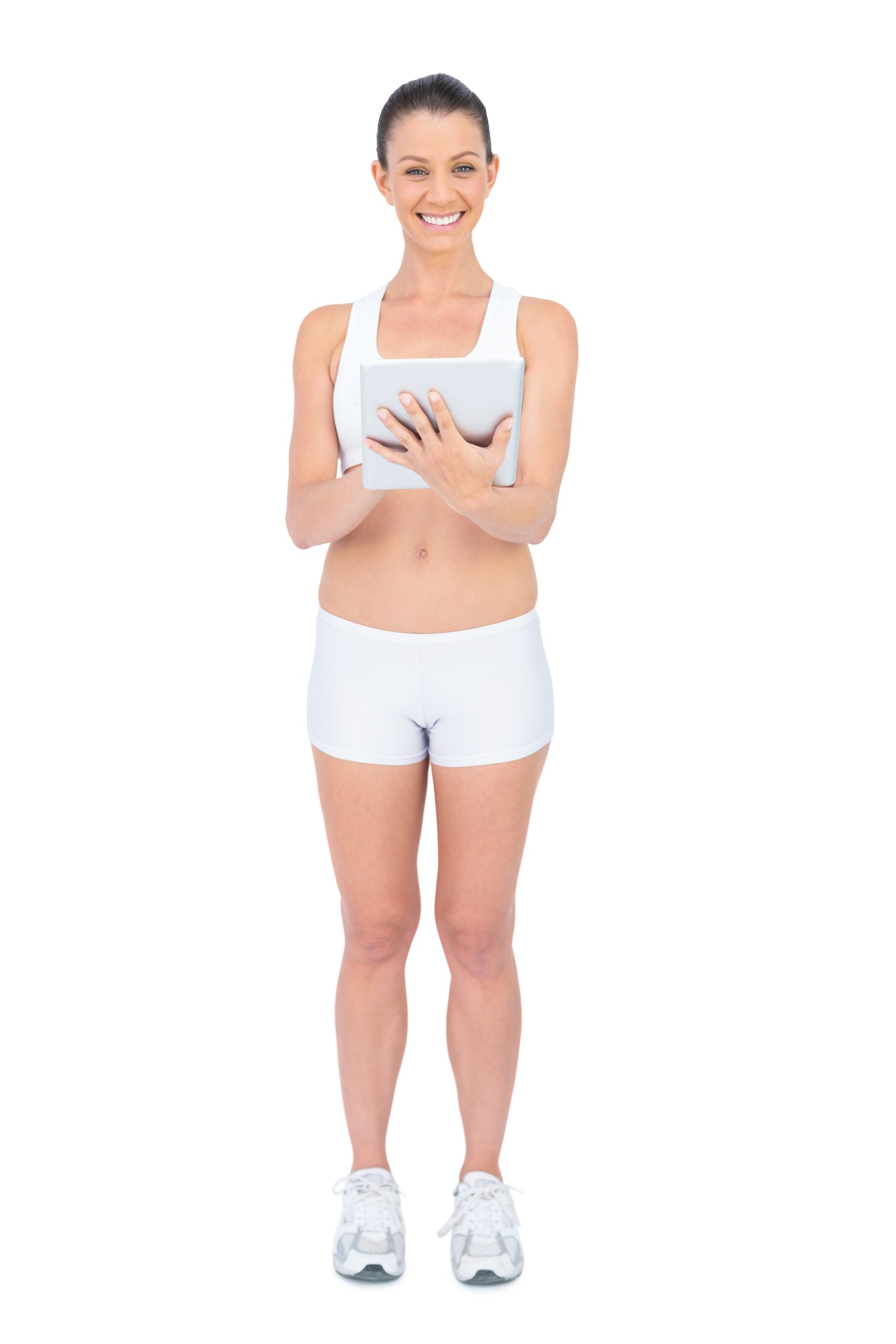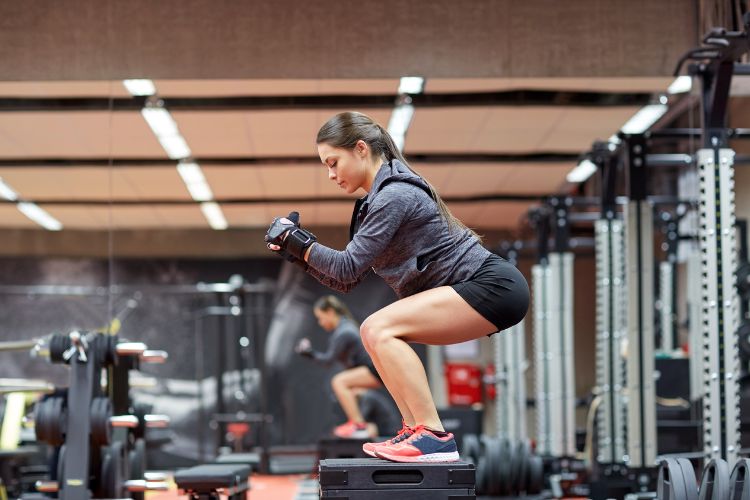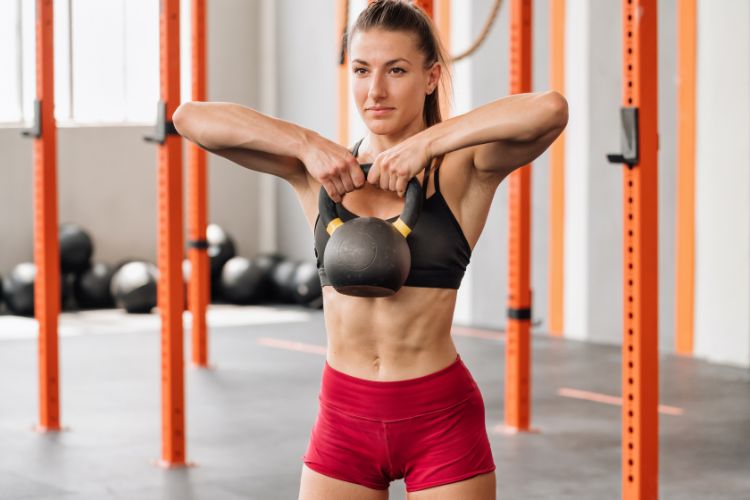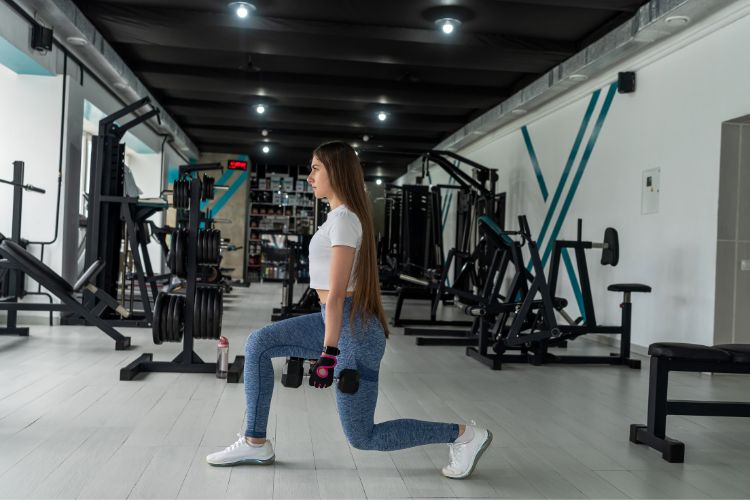Single Leg Exercises For Strength Balance and Stability
When it comes to building strength, stability, and mobility, single-leg exercises are highly effective and often overlooked. These movements not only target major muscle groups but also improve balance, coordination, and core strength. Incorporating single-leg exercises into your workout routine can help correct muscular imbalances, reduce the risk of injury, and enhance overall athletic performance.
In this blog post, we’ll explore the benefits of single-leg exercises, discuss the muscles they target, and provide a comprehensive list of effective movements that you can integrate into your workout program.
Why Single Leg Exercises Matter
Most traditional exercises, such as squats or deadlifts, require both legs to work together. While these movements are excellent for strength development, they don’t always address imbalances between the left and right sides of the body. Single-leg exercises force each leg to work independently, highlighting any strength or mobility discrepancies between the two sides.
Key Benefits of Single-Leg Exercises
- Improved Balance and Coordination
Single-leg exercises require greater stability, as one leg has to support the body’s weight while maintaining balance. This can enhance proprioception (your body’s ability to sense its position) and coordination.
- Injury Prevention
Single-leg exercises help strengthen smaller stabilizing muscles around your joints, particularly the hips, knees, and ankles. This reduces the risk of injury during sports or other physical activities.
- Strength and Muscle Development
Single-leg movements challenge large muscle groups like the quads, hamstrings, and glutes, as well as smaller stabilizers. This leads to improved muscle activation and strength, particularly in the lower body.
- Core Activation
Performing single-leg exercises forces your core to work harder to maintain balance. Your abs, obliques, and lower back muscles engage more, providing a full-body workout.
- Functional Strength
Many daily activities, such as walking, running, and climbing stairs, require single-leg strength. Training unilaterally (one side at a time) improves functionality in everyday life.
Muscles Targeted in Single-Leg Exercises
While single-leg exercises primarily target the lower body, they also engage other muscle groups, including the core. Here’s a breakdown of the primary muscles worked:
- Quadriceps: Located at the front of your thigh, these muscles help extend the knee.
- Hamstrings: Found at the back of the thigh, hamstrings aid in knee flexion and hip extension.
- Glutes: These muscles in your buttocks are responsible for hip extension, abduction, and external rotation.
- Calves: The calf muscles support ankle flexion and stability during single-leg movements.
- Hip Flexors: These muscles are involved in lifting the leg and stabilizing the pelvis.
- Core: Single-leg exercises engage the core for balance, stability, and overall body control.
Now, let’s explore some of the best single-leg exercises for building strength, balance, and stability.
Best Single-Leg Exercises for Strength and Stability
1. Bulgarian Split Squat
The Bulgarian split squat is a powerful lower-body exercise that targets the quads, glutes, and hamstrings. It’s similar to a regular split squat, but the rear foot is elevated on a bench, increasing the range of motion and making the exercise more challenging.
- Stand a few feet in front of a bench or elevated surface.
- Place the top of your rear foot on the bench, keeping your front foot firmly planted on the ground.
- Lower your body into a lunge position by bending your front knee, allowing the rear knee to drop toward the ground.
- Push through the heel of the front foot to return to the starting position.
Benefits:
- Increases strength in the quads and glutes.
- Improves balance and stability.
- Enhances hip mobility.
2. Single-Leg Deadlift Exercises
The single-leg deadlift is an excellent exercise for targeting the hamstrings, glutes, and lower back. It also challenges your balance and core stability as you hinge forward on one leg.
- Stand on one leg with a slight bend in the knee.
- Keep your back straight and hinge at the hips, lowering your torso toward the ground while extending the other leg behind you.
- Reach down as far as your mobility allows, then return to the starting position by driving through the heel of the standing leg.
Benefits:
- Builds hamstring and glute strength.
- Improves hip stability and mobility.
- Strengthens the lower back and core.
3. Pistol Squat
The pistol squat is an advanced single-leg exercises that requires significant strength, balance, and mobility. It targets the quads, glutes, and calves, and also challenges core stability.
- Stand on one leg with the other leg extended in front of you.
- Lower your body into a deep squat, keeping the extended leg off the ground.
- Push through the heel of the standing leg to return to the starting position.
Benefits:
- Develops strength in the quads and glutes.
- Enhances balance and body control.
- Requires excellent mobility in the ankles and hips.
4. Single-Leg Glute Bridge
The single-leg glute bridge isolates the glute muscles and helps improve hip stability. It’s a great exercise for targeting the posterior chain (glutes, hamstrings, and lower back) while also engaging the core.
- Lie on your back with your knees bent and feet flat on the ground.
- Lift one leg off the ground and extend it straight out.
- Drive through the heel of the planted foot to lift your hips toward the ceiling, forming a straight line from your shoulders to your knees.
- Lower your hips back down and repeat.
Benefits:
- Strengthens the glutes and hamstrings.
- Improves hip stability and mobility.
- Engages the core for balance.
5. Step-Ups Single Leg Exercises
Step-ups are a functional, lower-body exercise that mimics the motion of climbing stairs. They target the quads, glutes, and calves, while also challenging balance and coordination.
- Stand in front of a sturdy bench or elevated platform.
- Step onto the platform with one foot, driving through the heel to lift your body up.
- Bring your other foot onto the platform, then step back down with the same leg you started with.
- Alternate legs and repeat.
Benefits:
- Builds strength in the quads and glutes.
- Improves balance and coordination.
- Enhances functional movement patterns.
6. Skater Squats
Skater squats are dynamic single-leg exercises that combines strength and balance work with a slight cardio element. They target the quads, hamstrings, glutes, and core, making them an effective full-body workout.
- Stand on one leg and bend your knee slightly.
- Lower your body into a squat position, reaching your opposite hand toward the ground.
- Extend the other leg behind you as if you’re performing a skating motion.
- Push through the standing leg to return to the starting position.
Benefits:
- Strengthens the lower body and core.
- Improves coordination and balance.
- Provides a functional movement pattern similar to skating or running.
7. Single-Leg Squat to Bench
This variation of the single-leg squat is beginner-friendly exercises that helps build strength and balance. The bench acts as a guide, making the movement more accessible for those still developing single-leg strength.
- Stand in front of a bench or sturdy surface, with one leg lifted slightly off the ground.
- Lower your body into a squat position by bending the knee of the standing leg.
- Lightly touch the bench with your glutes, then push through the heel to return to the standing position.
Benefits:
- Builds strength in the quads and glutes.
- Improves balance and mobility.
- Provides a beginner-friendly variation for those new to single-leg exercises.
8. Lateral Step-Up
The lateral step-up targets the muscles in the outer thighs and hips, while also working the glutes and quads. It’s a great exercise for improving lateral movement and hip stability.
- Stand beside a sturdy bench or platform.
- Step laterally onto the platform with one foot, pushing through the heel to lift your body.
- Bring your other foot onto the platform, then step back down to the starting position.
- Alternate legs and repeat.
Benefits:
- Strengthens the glutes, quads, and hip abductors.
- Improves lateral movement and stability.
- Enhances coordination and balance.
How to Incorporate Single-Leg Exercises Into Your Workout Routine
To fully benefit from single-leg exercises, it’s important to integrate them into your existing workout routine. Whether you’re focusing on strength, mobility, or endurance, there are several ways to incorporate single-leg movements.
H3: Beginner Routine
If you’re new to single-leg exercises, start by incorporating one or two movements into your lower body workout. Begin with bodyweight variations, focusing on form and balance before adding resistance. A beginner routine might look like this:
- Bulgarian Split Squat: 3 sets of 8–10 reps per leg.
- Single-Leg Glute Bridge: 3 sets of 10 reps per leg.
- Step-Ups: 3 sets of 10 reps per leg.
H3: Advanced Routine
For those with more experience, you can combine several single-leg exercises into a dedicated workout day. This routine emphasizes strength, stability, and mobility:
- Single-Leg Deadlift: 4 sets of 6–8 reps per leg.
- **Pistol
Squats**: 3 sets of 5 reps per leg.
- Skater Squats: 3 sets of 10 reps per leg.
- Lateral Step-Up: 3 sets of 12 reps per leg.
H3: Single-Leg Finisher
You can also use single-leg exercises as a finisher at the end of your workout to ensure all muscle groups are fatigued:
- Bulgarian Split Squat Hold: 30-second hold per leg.
- Single-Leg Squat to Bench: 2 sets of 15 reps per leg.
Single-leg exercises are an essential component of any well-rounded fitness program. By improving balance, enhancing stability, and building unilateral strength, these movements can significantly enhance your overall athletic performance and functional strength. Whether you’re a beginner or advanced, incorporating these exercises into your routine will help you build a stronger, more balanced physique.
Most Recommended





